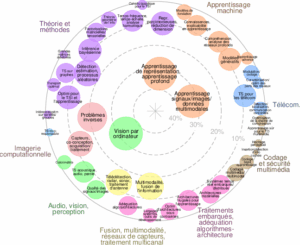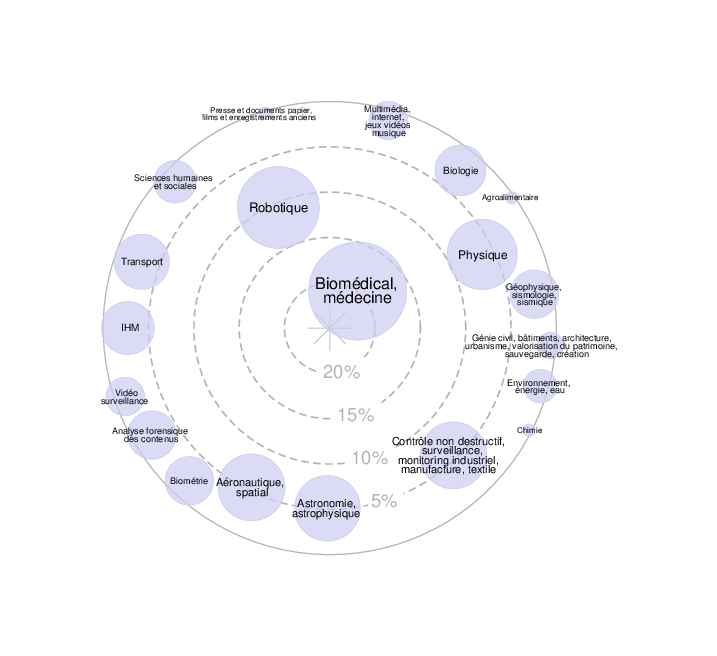Project description:
Artificial intelligence has significantly advanced various aspects of astronomy. These advancements include adaptive optics for telescopes, fast universe simulations, space mission planning, warning systems, and real-time analysis of phenomena such as supernovae and asteroid appearances.
The primary goal of this project is to develop machine learning techniques, such as convolutional neural networks (CNNs), to extract meaningful morphological features from astronomical images. Key scientific challenges involve designing innovative descriptors using modern time-frequency signal processing methods to enhance the ability of CNNs to distinguish between different galaxy and Nebulae shapes. This approach aims to improve large-scale classification accuracy, minimize human bias in analysis, and facilitate groundbreaking discoveries while refining theoretical models.
The innovative character of this project lies in the advanced use of artificial neural networks and advanced signal processing to automatically classify the morphology of galaxies and planetary nebulae from vast astronomical datasets (professional and amateur). Unlike traditional classification methods, which are often manual and subjective, this project aims to develop artificial intelligence algorithms capable of learning from the data itself, adapting to subtle variations in galactic shapes and to noisy or low-resolution images.
This project will focus on two key applications:
- Classification of Galaxy Morphology: Utilizing data from the Sloan Digital Sky Survey and the Galaxy Zoo databases, this task aims to classify galaxies based on their morphological characteristics. This application is carried out in direct collaboration with the University of Furtwangen in Germany.
- Detection of Nebulosities Likely to Be Planetary Nebulae: The objective is to identify potential planetary nebulae, addressing the challenge of distinguishing these rare and intricate objects from other celestial structures, such as stars and galaxies. The approach will account for both morphological and spectral variations. This application is part of the AIP-NP collaborative project, focused on the discovery of planetary nebulae using AI, and is coordinated by A.I.P. (Astro Images Processing) and Centrale Méditerranée.
Project partners:
- · University of Furtwangen: Liane-Marina Meßmer (Liane-Marina.Messmer@hs-furtwangen.de) and Christoph Reich (christoph.reich@hs-furtwangen.de).
- · AIP-NP: Dominique DANIEL (d.daniel@lmjh.fr) and Philippe Oros (oros.philippe@gmail.com)
- · Centrale Méditerranée: Anne-Laure MEALIER (anne-laure.mealier@centrale-med.fr)
- · Club d’Astronomie de Wittelsheim: Paul Krafft (krafft.paul@orange.fr)
Application:
Send CV and covering letter to Djaffar Ould Abdeslam (djaffar.ould-abdeslam@uha.fr) and Bruno Colicchio (bruno.colicchio@uha.fr)
Keywords: Image processing, signal processing, artificial intelligence, analysis and pre-processing of massive scientific data.
Requested skills: Autonomy, creativity, versatility, strong scientific background.
Duration: 5 ~ 6 months.
Compensation: ~ 650 €/month (according to French regulations).
Location: IRIMAS laboratory, University of Haute-Alsace, 68093 Mulhouse.





